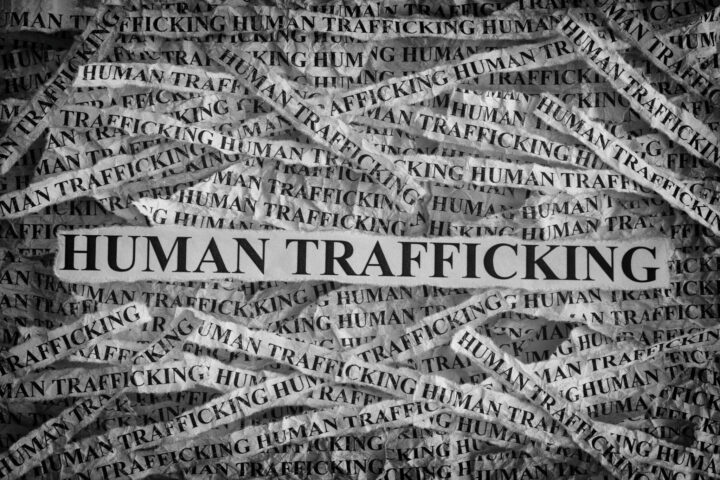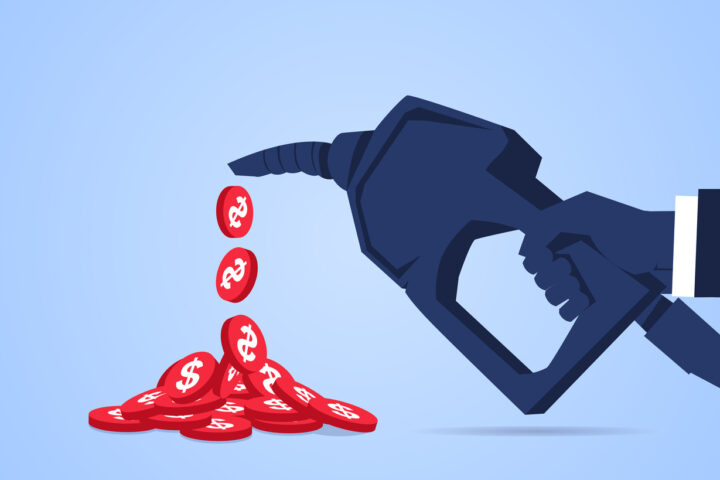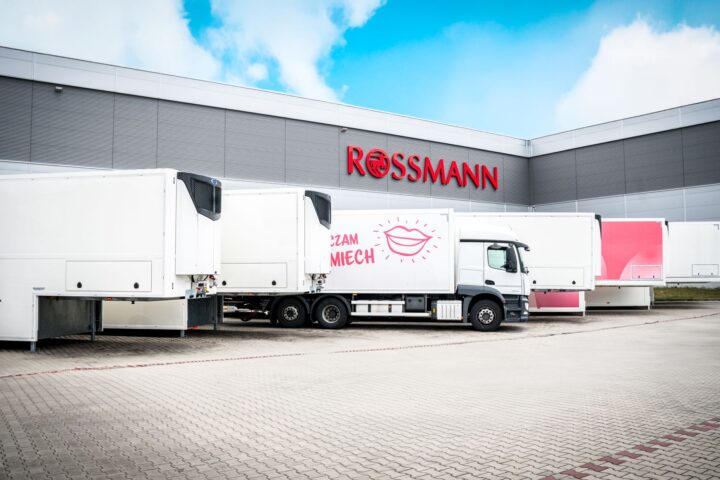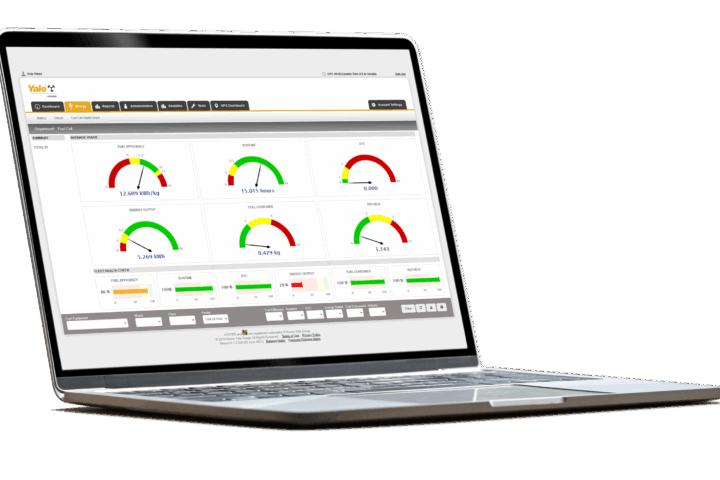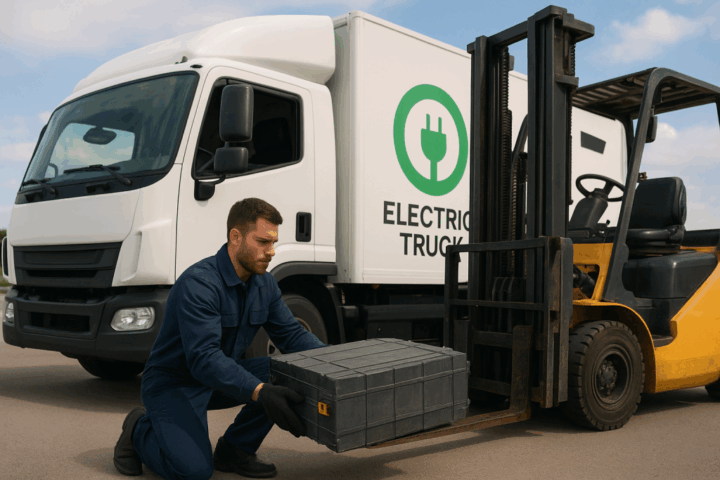 The United States stands at a critical juncture, confronting a surge in electricity demand driven by the rapid expansion of data centers and the broader electrification of its economy. This demand spike coincides with a worldwide imperative to transition toward cleaner energy sources. However, a complex and at times contradictory web of federal policies is creating significant headwinds. While the Inflation Reduction Act (IRA) offers powerful incentives to build a domestic clean energy supply chain, a concurrent strategy of imposing steep tariffs on imported components, particularly from China, is creating a policy paradox. This report will analyze how these conflicting measures, intended to foster long-term industrial strength, are raising the immediate cost of the cheapest sources of new power—solar, wind, and batteries—thereby threatening to increase electricity prices and delay the nation’s ability to meet the urgent power needs of data centers and a newly electrified society.
The United States stands at a critical juncture, confronting a surge in electricity demand driven by the rapid expansion of data centers and the broader electrification of its economy. This demand spike coincides with a worldwide imperative to transition toward cleaner energy sources. However, a complex and at times contradictory web of federal policies is creating significant headwinds. While the Inflation Reduction Act (IRA) offers powerful incentives to build a domestic clean energy supply chain, a concurrent strategy of imposing steep tariffs on imported components, particularly from China, is creating a policy paradox. This report will analyze how these conflicting measures, intended to foster long-term industrial strength, are raising the immediate cost of the cheapest sources of new power—solar, wind, and batteries—thereby threatening to increase electricity prices and delay the nation’s ability to meet the urgent power needs of data centers and a newly electrified society.
The Conflicting Signals of US Energy Policy
The current U.S. approach to the energy sector is characterized by two powerful but opposing policy levers: punitive tariffs and conditional incentives. This creates a volatile and uncertain environment for developers of renewable energy and storage projects.
The Tariff Wall Against Clean Energy Components
The U.S. has enacted a series of escalating tariffs, primarily under Section 301 of the Trade Act of 1974, targeting a wide range of Chinese goods essential for the energy transition. Lithium-ion batteries, a cornerstone technology for both electric vehicles (EVs) and grid stability, have been a primary focus. In 2024, the tariff on Chinese EV lithium-ion batteries rose from 7.5% to 25%. For non-EV batteries, such as those used in grid-scale storage systems, tariffs are also slated to increase to 25% by 2026. These duties are compounded by additional levies, leading to combined tariff rates on grid batteries of approximately 65%, with projections they could exceed 80%.
The immediate consequence of this tariff wall is a sharp increase in the price of these components in the U.S. market. This directly drives up the capital expenditures for renewable energy projects, complicating deal structures and introducing new financial risks. Because the U.S. battery energy storage system (BESS) industry is heavily reliant on Chinese imports, these tariffs have a particularly disruptive effect, leading to project delays and investment uncertainty.
The Inflation Reduction Act’s Conditional Incentives
In contrast to the punitive nature of tariffs, the 2022 Inflation Reduction Act (IRA) was designed to catalyze a domestic clean energy manufacturing renaissance through substantial subsidies. The Section 45X Advanced Manufacturing Production Credit, for instance, offers lucrative tax credits for domestically produced battery components, including $35 per kilowatt-hour (kWh) for battery cells and $10/kWh for battery modules.
However, these powerful incentives come with significant strings attached. To qualify for consumer tax credits like the $7,500 Clean Vehicle Credit, products must meet stringent sourcing requirements for battery components and critical minerals. Crucially, the IRA includes a “Foreign Entity of Concern” (FEOC) exclusion rule, which, starting in 2024, disqualifies any vehicle containing battery components from entities in China, Russia, Iran, or North Korea from receiving the credit.
This creates a policy paradox. The federal government is simultaneously subsidizing the clean energy industry while taxing its most critical and cost-effective inputs. For a project developer, this means navigating a landscape where the benefits of IRA credits may be partially or wholly negated by the increased costs imposed by tariffs. This dynamic forces companies to re-evaluate their supply chains, seek alternative suppliers that are often more expensive or have limited capacity, and contend with significant investment uncertainty.
The Direct Impact on Clean Power Costs
While the global trend for clean energy technologies has been one of rapidly falling costs, U.S. policy is creating a notable divergence, artificially inflating the price of the very technologies needed to decarbonize the power grid affordably.
The Rising Cost of Grid-Scale Battery Storage
Grid-scale battery storage is essential for a modern, reliable power grid. It solves the intermittency problem of wind and solar power by storing excess energy and dispatching it when needed, thereby enhancing grid stability. Lithium-ion batteries, particularly the Lithium Iron Phosphate (LFP) chemistry, have become the preferred choice for these applications due to their high efficiency and the fact that costs have declined 80-90% over th past ten years. .
However, U.S. tariffs are directly countering this deflationary trend. With the U.S. power industry facing an average tariff rate of 38% on electrical equipment, the cost of deploying BESS has risen significantly, deterring investment. This is especially damaging given that the cost of battery packs, which had been falling dramatically for over a decade, is a primary driver of the economic viability of storage projects. While technological advancements continue to push global battery prices down, U.S. trade policy is forcing domestic project costs in the opposite direction, slowing the deployment of this critical grid-balancing technology.
The Ripple Effect on Solar and Wind Projects
The cost pressures extend beyond batteries. Import tariffs are driving up capital expenditures for solar panels and wind turbines as well, complicating the economics of new renewable energy projects. Globally, wind and solar represent the cheapest sources of new electricity generation and are expected to provide 70-90% of all new power in the next 5 years. New grid power in the US was about 93% renewable in 2024. By artificially inflating their costs in the U.S., these policies blunt their competitive edge and slow the pace of their deployment. The result is a more expensive energy transition, where the cost savings that should be realized from adopting cheaper renewable sources are instead eroded by trade policy.
Consequences: Project Delays and Unmet Power Demand
The combination of higher costs and supply chain disruptions is creating a bottleneck in the deployment of new clean power resources. This bottleneck comes at the worst possible time, as new sources of electricity demand, particularly from data centers, are placing unprecedented strain on the nation’s grid. While current policies are pushing fossil power, no new coal plants will be built and the cost and schedule for new natural gas power plants has increased substantially with increased costs for steam and gas turbines and a shortage if engineering, procurement, and construction (EPC) manpower to build them.
The Data Center and Electrification Dilemma
The boom in artificial intelligence and cloud computing is fueling a massive build-out of data centers, which have immense and unrelenting power requirements. This, combined with the general electrification of transport and buildings, is creating a surge in new power demand that many utilities are struggling to meet. Clean energy, particularly solar-plus-storage projects, is the ideal solution to quickly power these new loads without increasing emissions. While recent government support for nuclear power is a longer-term option and while firms like Meta, Google, Amazon, and Microsoft have entered into alliances with new SMR and advanced reactor suppliers, new nuclear power will take a long time to get on-line and it is highly likely that new unproven reactors will have delays and cost increases.
However, U.S. policy is hindering this solution. The reliance of data centers on lithium-ion batteries for backup power and grid services means that tariffs are directly increasing their construction costs by mid-to-high single digits. More broadly, the delays and cost increases for utility-scale solar and battery projects make it harder for utilities to bring new, clean generation online in time to meet requests for new data center connections. This could force delays in the tech sector’s expansion or, perversely, lead to a greater reliance on fossil fuel “peaker” plants to meet the demand.
The impact on broader electrification is also significant. Tariffs on batteries and other components are contributing to a 10% or more increase in the price of EVs for American consumers, hindering the transition away from internal combustion engines. The complexity of the IRA’s sourcing rules further limits which vehicles qualify for consumer credits, acting as another drag on adoption.
Supply Chain Disruption and Canceled Projects
The strategic goal of reshoring the battery supply chain is a long-term endeavor. In the short-to-medium term, the primary effect of the current policy mix is disruption. Forced to seek alternatives to the dominant Chinese supply chain, U.S. companies face a market with a limited number of global suppliers and insufficient domestic capacity.
This disruption has tangible consequences. Between 2024 and 2025, canceled battery projects in the U.S. amounted to an estimated $9.5 billion, while new project announcements totaled only $1.175 billion. This investment chill, driven by cost uncertainty and supply chain instability, directly translates to a slower build-out of the manufacturing capacity and energy infrastructure needed for the transition.
Conclusion and Outlook
The United States is pursuing two parallel but conflicting policy goals: the rapid, affordable decarbonization of its economy and the strategic, long-term reshoring of its clean energy supply chain. While the latter is a valid national security and economic objective, the current strategy of combining high tariffs with complex, restrictive incentives is creating a policy paradox that jeopardizes the former.
By raising the cost of solar, wind, and battery storage, these policies are slowing the deployment of the cheapest and cleanest sources of new power. This threatens to inflate electricity prices for consumers and businesses and risks leaving the nation unable to cleanly and affordably meet the surging power demands of data centers and broader electrification. The ultimate success of this strategy will depend on how quickly a cost-competitive domestic supply chain can be established. In the interim, the U.S. faces a period of higher costs, project delays, and a potential slowing of its energy transition, highlighting the profound tension between the urgent need for clean energy deployment and the strategic desire for supply chain security.




